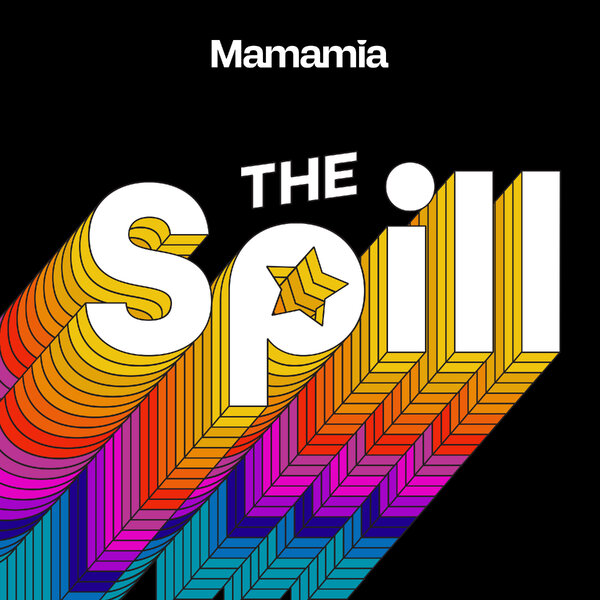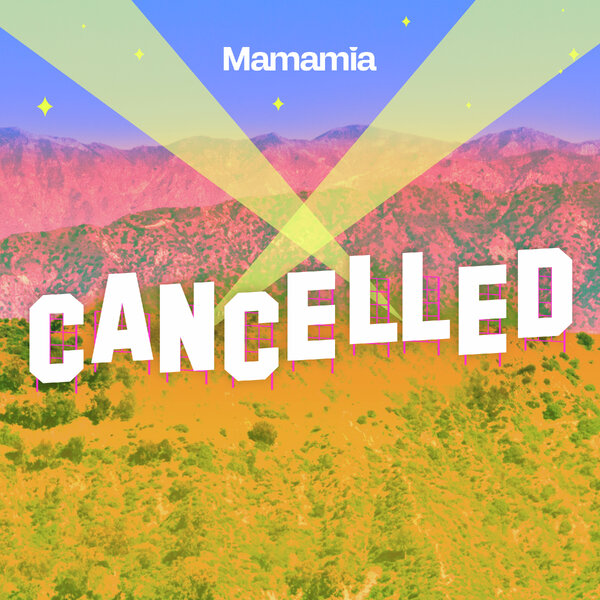They’ve previously said they’re never, ever getting back together.
Is Oasis definitely, maybe getting back together (see what we did there?)?
The band’s Brit-pop nemeses Blur are releasing a new album, and Noel and Liam Gallagher are apparently not to be outdone.
The pair have reportedly buried the well-used hatchet and made a “gentlemen’s agreement” to reform, though nothing official has been signed.
A “well-placed source” told the UK’s Mirror, “It’s early days in terms of the details, but Noel and Liam are back on good terms and ready to give things another go.”
Does this mean a revival of the famed Britpop rivalry between the bands (we imagine it would look something like Hugh Grant and Colin Firth’s fisticuffs in Bridget Jones’s Diary)?
It got us thinking: which 1990s bands would we rather see come back than the Gallagher “we’re bigger than the Beatles” brothers?
1. The queens of hip hop: Salt-n-Pepa
Salt-n-Pepa’s Let’s Talk About Sex totally turned the machismo-ridden hip hop world of the early nineties on its head and its lyrics still resonate – “Come on, how many guys you know make love?” amirite, ladies? Technically, Cheryl “Salt” James, Deirdra Roper (DJ Spinderlla) and Sandra “Pepper” Denton broke up in 2002 and reformed in 2007 for a reality show for VH1, but they haven’t made any new music since 1997’s Brand New.
2. The COOLEST boyband (is that an oxymoron?): East 17
Did you know that last time East 17 appeared together, it was on X Factor Romania in 2011? It’s a tough road for ageing boybands. One Direction should take note. The East London group sold 18 million records world wide and were SO COOL if you were 10 in the early nineties. “They shaved their heads, and had tattoos, and were a lot, lot cooler than the nancy boys of Take That. In the great five-year battle that dominated British pop, East 17 were also on the winning side. Their music was sharper and more streetwise. It was infused with hip hop and sold by the bucketload: 18 million records across Europe, compared with Take That’s paltry 17 million,” wrote Guy Adams of The Independent.






























































































